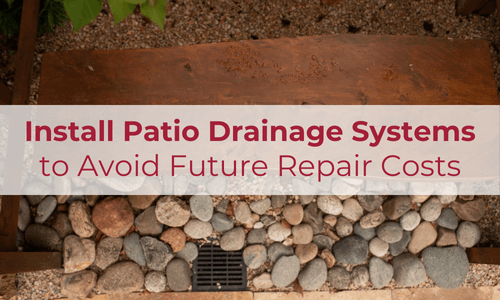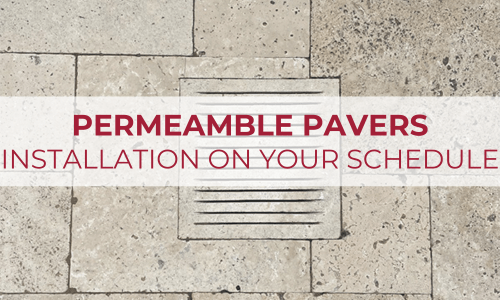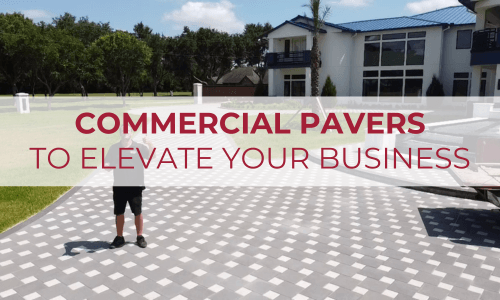PAVER ATTRIBUTES AND USES
Pavers are brick-like pieces of high-density concrete molded at a factory and shipped to the jobsite. Once at the site, they are installed individually as the top surface of a patio, walkway, or driveway. Unlike standard masonry, pavers are not mortared in place.
Paver patios, walkways, and driveways are not only structurally sound but also aesthetically pleasing. And because each paver’s dimensions are tightly controlled at the factory, a paver installation is usually more uniform than a similar installation of naturally occurring stone. Additionally, paver installations do not crack as concrete driveways may. If a paver is damaged, it can be replaced with relative ease.
Paver installations are more expensive than other standard surfaces, such as plain, poured concrete. In face, they are usually at least twice as expensive as a standard concrete installation of similar dimensions but still lower in cost than a surface composed of natural stone or brick. Some companies also offer permeable pavers, which can reduce runoff and pollutants from walkways, patios, and driveways. The surface has small, stone-filled joints that allow water to flow into the underlying bedding, where it can be collected for later use.
INSTALLATION PROCESS
After designing the layout, the area for the installation is excavated. If the area is intended for automobile traffic, such as a driveway, the installation will be thicker than if it is intended for foot traffic alone.
Once excavation is complete, the dirt is compacted with a compaction machine, and a foundation of crushed stone is installed in layers so that each layer can be firmly compacted. After the final layer of crushed stone is in place, a layer of granite sand is put down and compacted to fill the gaps between the crushed stone, creating a smooth surface on which to place the pavers.
Then, the pavers are laid in the desired pattern; spacers are used to help the installer maintain straighter lines. After the pavers are laid, they are tapped firmly into place with the compaction machine. Next, the installers spread a layer of either polymeric sand or regular sand on top of the pavers and sweep it into the cracks between the pavers. A final spray of water helps the sand settle into all the crevices. While more expensive than regular sand, polymeric sand binds together when it is sprayed with water, thereby making the sand permanent.
SEALING
A penetrating sealer protects the pavers from potential stains caused by car oil, tire marks, or grease. It typically makes the color of the pavers appear richer, and it also prevents water from entering the pavers. In colder climates, water that freezes inside a paver or any kind of concrete can break or weaken it over time.





